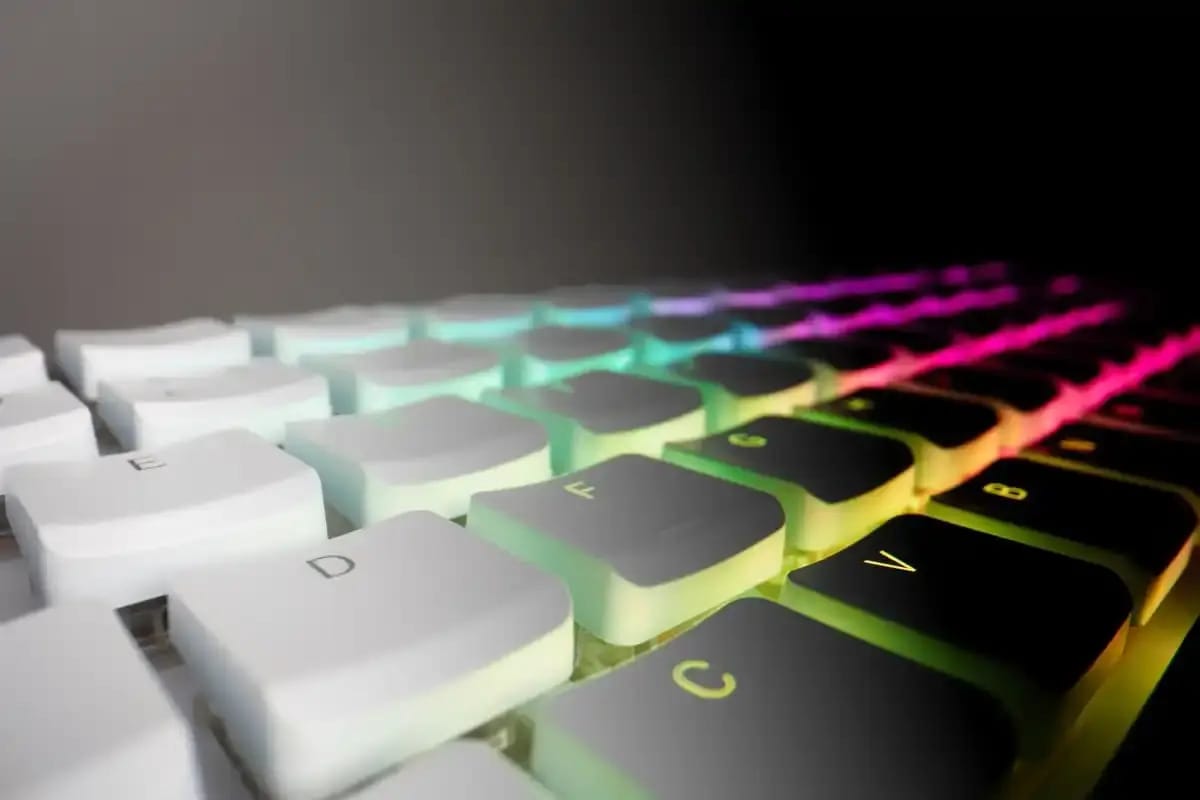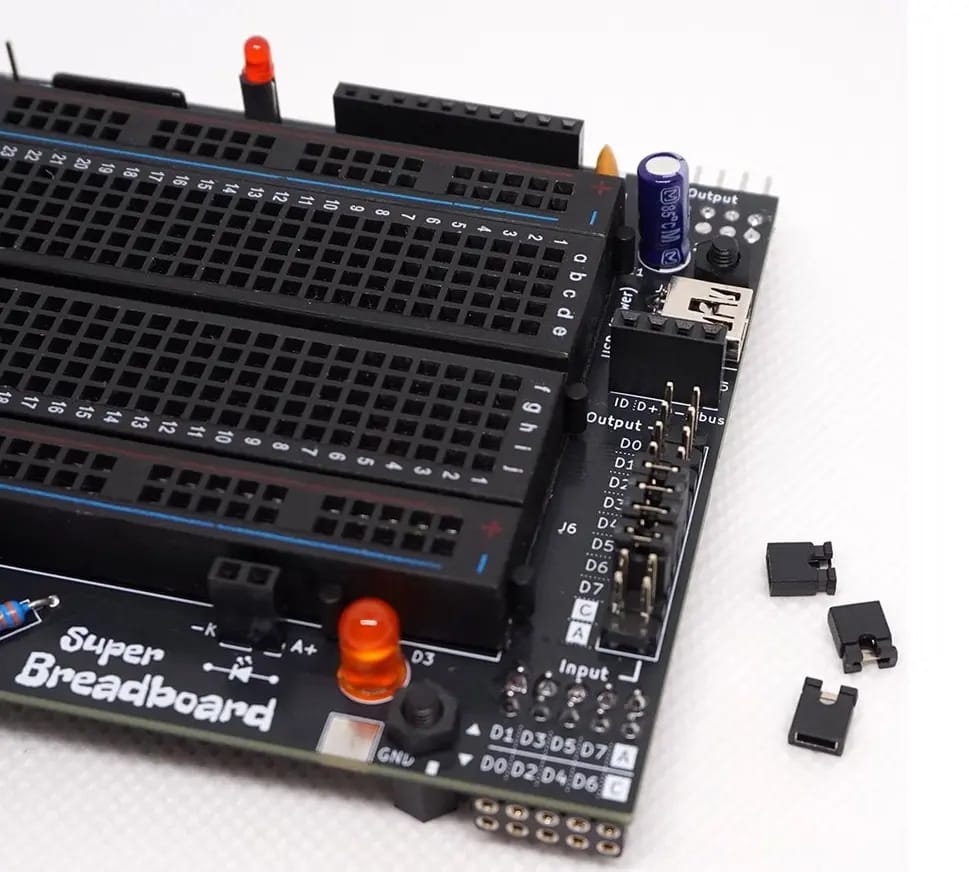- VoltJots | Electronics and IoT
- Posts
- VoltJots | Electronics and IoT
VoltJots | Electronics and IoT
Issue 61

Welcome to the latest edition of the VoltJots newsletter, linking you to the very best electronics and IoT news, products, and projects.
Hope you enjoy! Until next week,
VoltJots
NEWS & ARTICLES
The latest sensors from Murata, Melexis, and TI focus on cutting power consumption and shrinking footprints, with solutions like pyroelectric infrared sensors and in-plane Hall-effect switches that fit tightly into space-limited designs.
With smart homes packed with devices that often don’t work well together, Matter steps in as a common language built on internet protocols to unify communication and ensure all your smart gear plays nicely.
By combining solid-state speed with mechanical reliability, hybrid relays offer a smarter way to control loads in circuits, blending quick response and durability.
Instead of random mixing, atoms in semiconductor materials create localized patterns that alter electronic behaviour, a discovery that could improve future electronics design.
Huawei tackles tough thermal challenges in multi-core communication devices by moving from side-by-side chip layouts to stacked silicon die. They focus on precise thermal modelling to verify package performance and avoid relying on less accurate supplier data.
Three new microcontrollers from Renesas, Nuvoton, and STMicroelectronics focus on low power, enhanced security, and extended automotive support: Renesas’ RL78/L23 runs at 32 MHz with microamp standby current, Nuvoton’s upgraded M2354 targets root-of-trust and IoT security, and ST’s SPC58 family now promises supply through 2041.
PROJECTS & TUTORIALS
These four clap switch circuits turn a clap into an on/off signal, using popular components like the 555 timer, 4017 IC, and transistors, plus insights into their operation and pros and cons.
Using an ESP32’s wireless features, this setup listens for specific Wi-Fi and Bluetooth signals from plate-reading cameras and buzzes when it spots one nearby.
This project uses an Arduino MKR with foot force sensors and an MPU-6050 IMU to map your real-life body movements into Minecraft, letting you walk and turn in the game exactly as you do outside. It even includes mechanical switches for actions like hitting and breaking blocks.
This open-source pocket tool offers a full suite of sensors including thermal imaging with 0.07°C accuracy, sound level meter, laser distance up to 10m, digital compass, and inclinometer with 0.1° precision.
By counting sensor pulses triggered by a motor’s rotating code disc, a microcontroller calculates RPM and shares the data both on a local screen and through a WiFi dashboard.
PRODUCTS
With a quad-core 2.4GHz Arm CPU, 16GB memory, and a 256GB M.2 SSD, the Raspberry Pi 500+ delivers desktop performance inside a mechanical keyboard featuring long-travel Gateron switches, programmable LEDs, and easy SSD upgrades via an included tool.
The Ruuvi Air crams seven environmental sensors into a compact USB-C device that tracks CO2, particulate matter, VOCs, NOx, temperature, humidity, and air pressure, sending all the data via Bluetooth Low Energy for real-time indoor air quality monitoring.
Featuring short circuit protection and selectable +3.3V or +5V power from USB or external sources, this breadboard separates data input and output and comes with a built-in button and LED. You can add an 8-bit LED display and binary keyboard for interactive microprocessor learning, plus chain multiple boards for bigger projects.
By isolating the control side optically, Toshiba’s TLP579xH drivers ensure precise and efficient operation of high-voltage MOSFETs and IGBTs, delivering stable propagation delays even under severe heat conditions found in industrial and green-energy setups.
Melexis offers a 40W motor driver with four half bridges and field-oriented control for three-phase brushless and four-wire stepper motors, including a CPU for sensor or sensor-less feedback and a web tool to set it up easily.

Thanks for subscribing and reading. If, however, you are not a subscriber, and you would like to receive this newsletter in your inbox, then hit the subscribe button now — it’s free, and you can unsubscribe any time you like.






